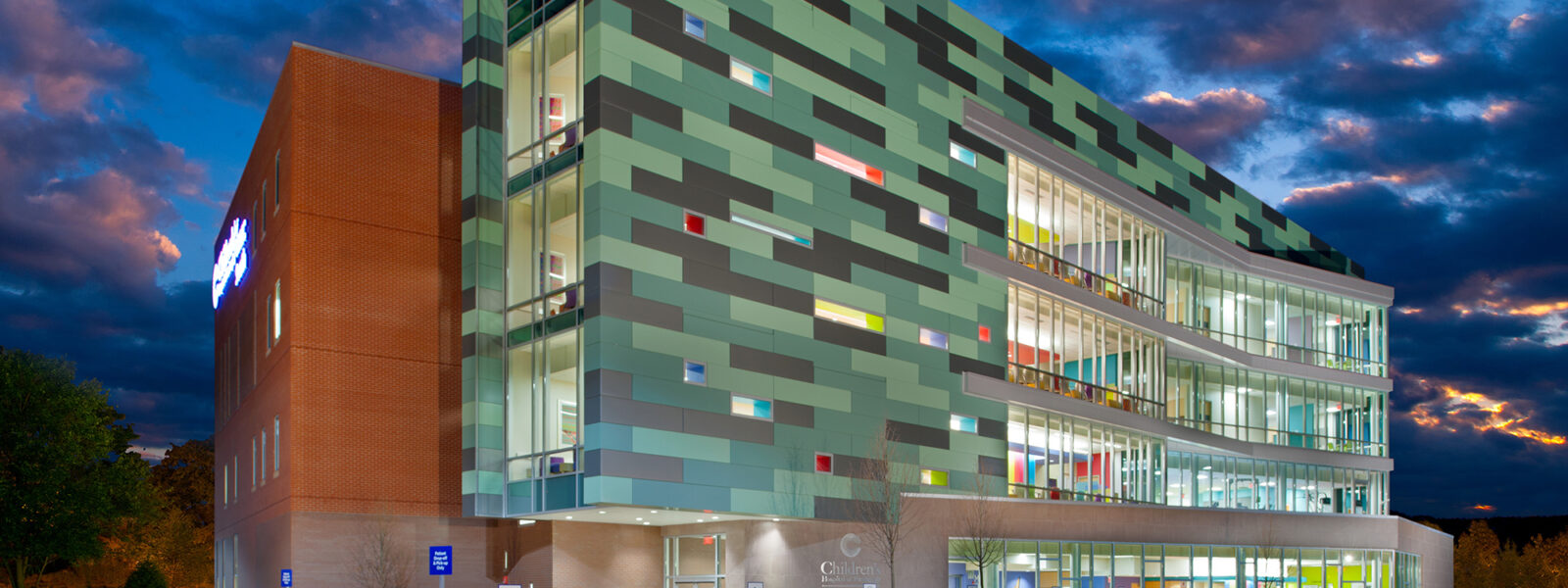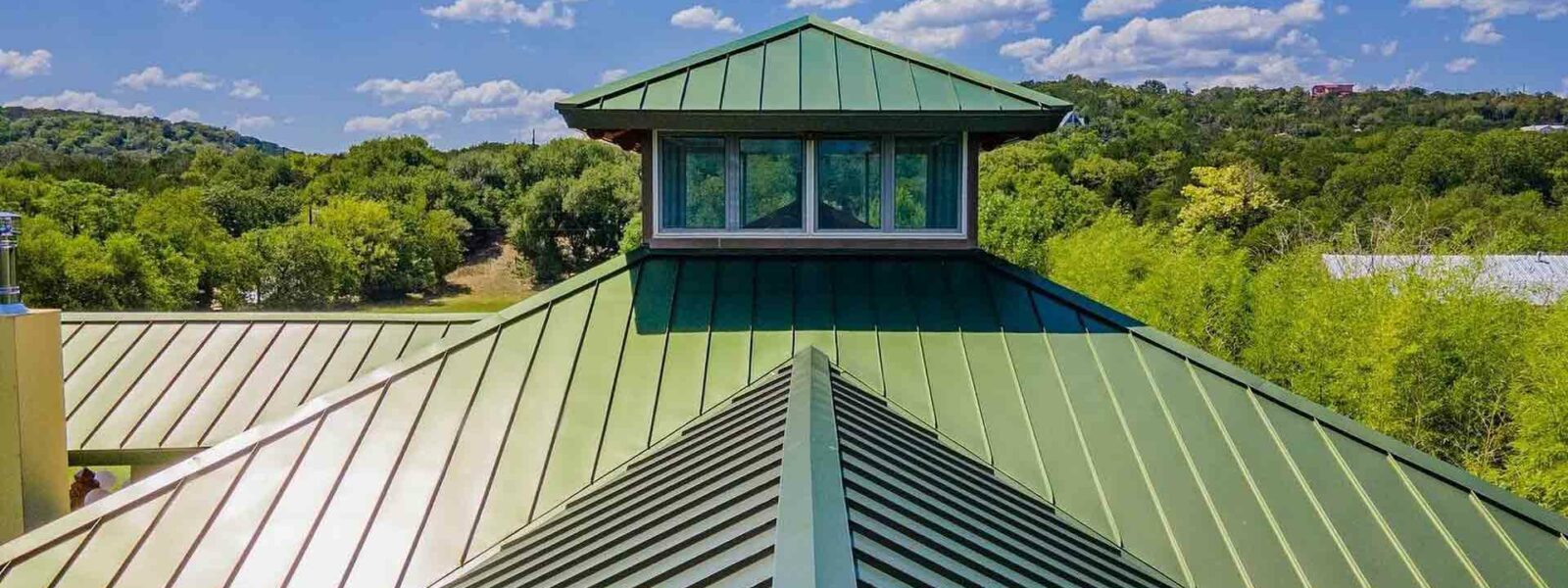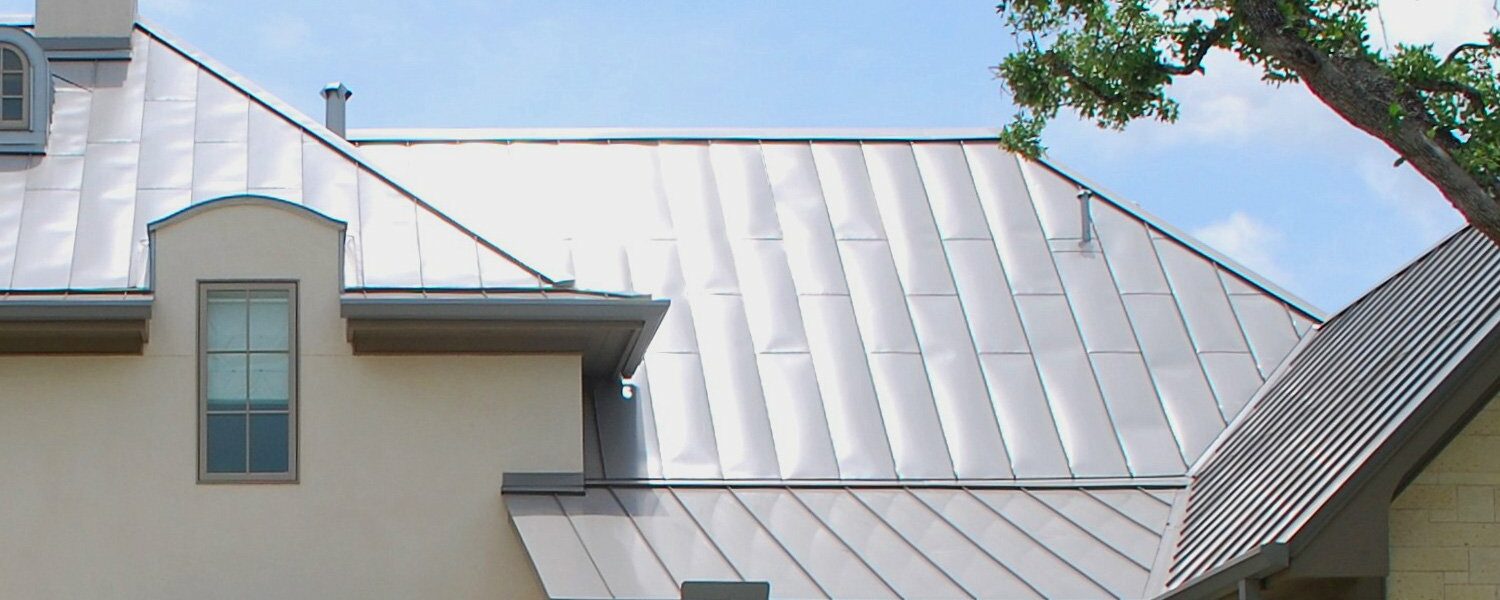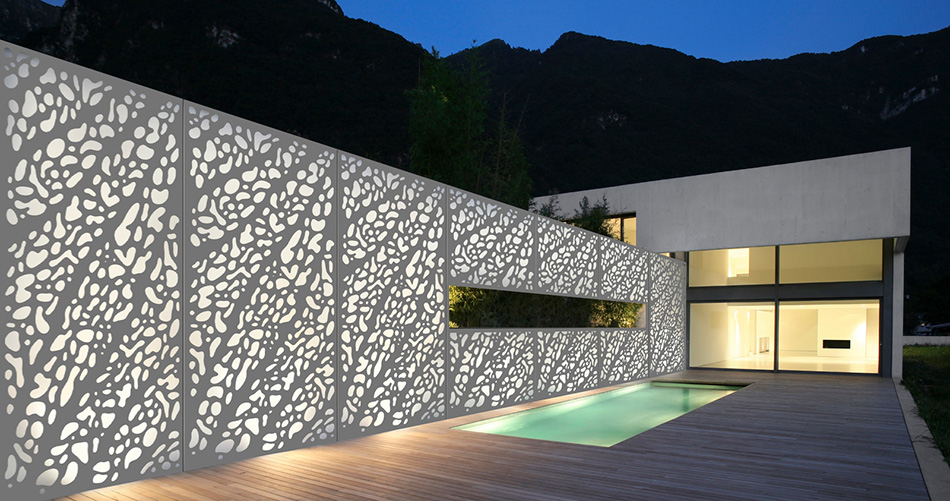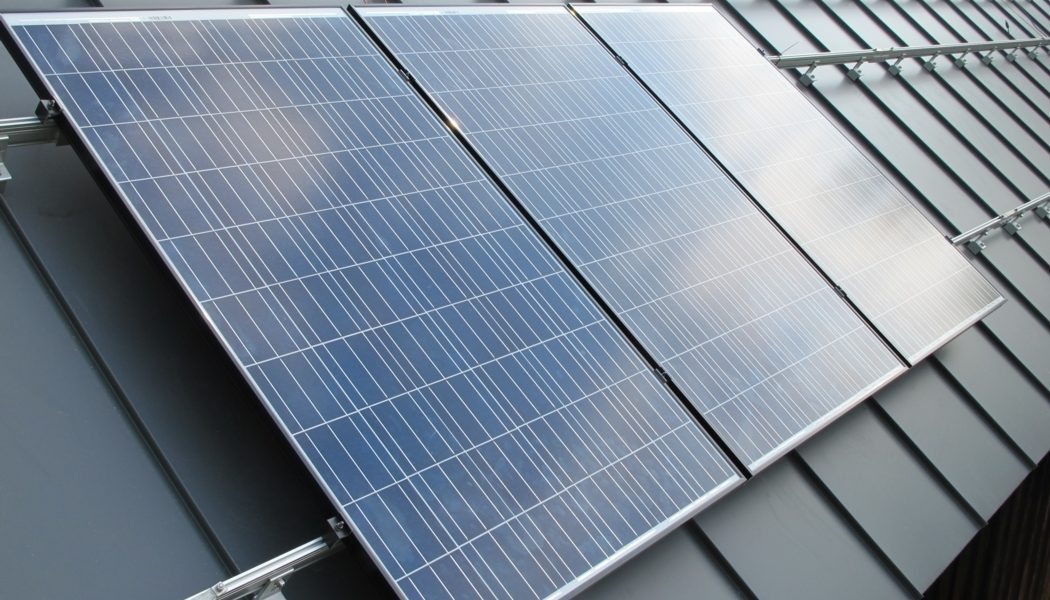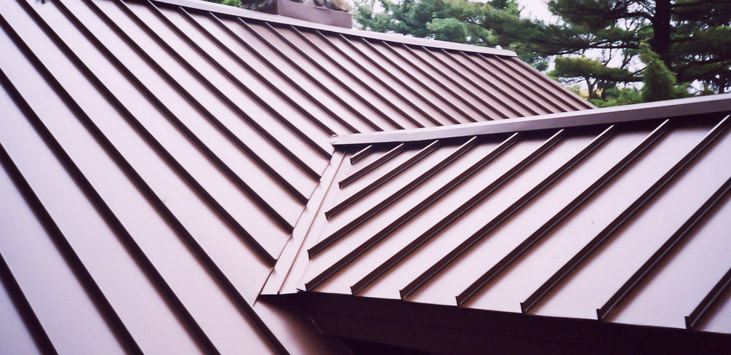Metal roof systems have it all – lightweight, recyclable, long lifespan, and unmatched aesthetics. But not all metal panels are created equal. Like most other building materials, metal roofing has varying quality and performance levels which are directly linked to the metal substrate and coating on that panel. How can you be sure you’re choosing the right IMP roofing system for your home’s curb appeal and performance?
Metal Roofing Panel Materials
Metal roofs can be created out of many different materials. These include copper, Galvalume steel, and aluminum. In the past, insulated metal roof panels were made of materials like Zinc which were susceptible to rust and wear. Today, Galvalume steel provides robust and durable protection against moisture, harsh weather, and even hail. Aluminum is another lightweight option that is resistant to rust or corrosion, and is ideal for coastal environments. Other materials like copper are reserved for more luxurious properties.
Aesthetics and Design Of A Metal Roof
When deciding on a metal roof, you will want to ensure the product design correlates well with the rest of your home’s construction. This includes material, color (which can affect temperature), and even slope requirements. Depending on the roof profile you select, there are minimum roof slope requirements for each panel which need to be considered. Consult with your roof supplier to determine these details and ensure your roof meets the minimum criteria.
Different Types of Metal Roofing Systems
There are two types of metal roofing systems: corrugated and standing seam. Put simply, a corrugated metal roof is one with interlocking rippled metal sheets, while a standing seam metal roof is constructed of interlocking metal panels that run from the ridge of the roof to the eave. The design and texture of a standing seam metal roof makes a better system for shedding water and snow, which is ideal in our extreme climate. Corrugated metal roofs are quite durable, but they’re not as durable and dense as standing seam metal roofs. Their exposed gaskets make them prone to leakage and further damage.
When you’re first starting to look at metal roofs, these determining factors are a great way to start eliminating options that simply won’t work with your project. After you’ve gotten a better idea or even eliminated a few choices, you may still feel overwhelmed. That’s when our experts come in. Contact us at info@ecoinsulatedpanels.com or 1.855.838.9393 to see if we have an insulated metal panel that’s right for you.

